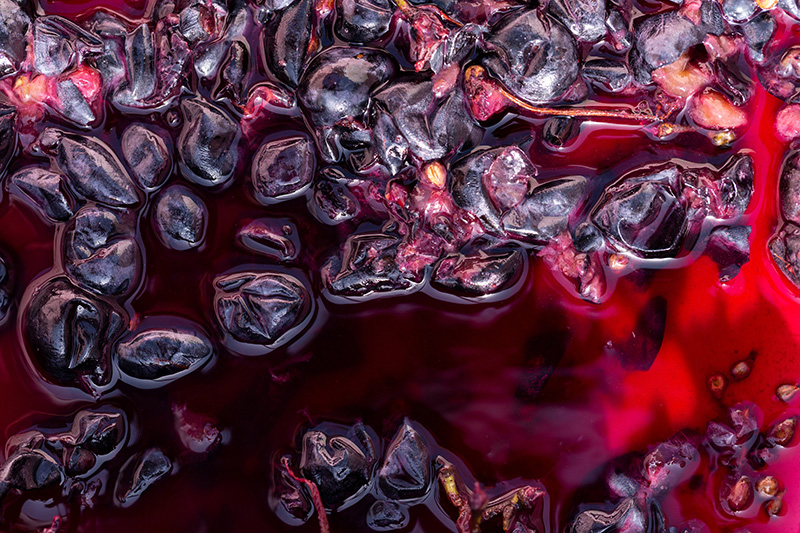Careful laboratory analyzes have shown that the increase in the times of application of cavitation on the matrices corresponds to an increase in the indices of total polyphenols (over 50%) as well as anthocyanins (over 100%). These data were confirmed by subjecting different grape varieties to the same treatment.
With regard to fine lees, experimentation has shown that soluble colloids increase in less time. Total soluble proteins are significantly increased in proportion to the duration of cavitation.
A further test carried out on the lees showed that the soluble colloids present in samples subjected to cavitation were equal in number to those developed after 30 days in samples handled with traditional techniques.
Even racking can therefore be accelerated by cavitation, reducing the time required by up to 60%: about 2 days against the 5 days normally necessary with traditional methods.
Furthermore, at the end of the supply chain, it should be remembered that cavitation acts directly on the fibrous component of the matrices, increasing their methanogenic potential, therefore the pomace, previously mainly destined for pulping as they could not be properly valorised, can be used for energy purposes thus reducing disposal costs.







